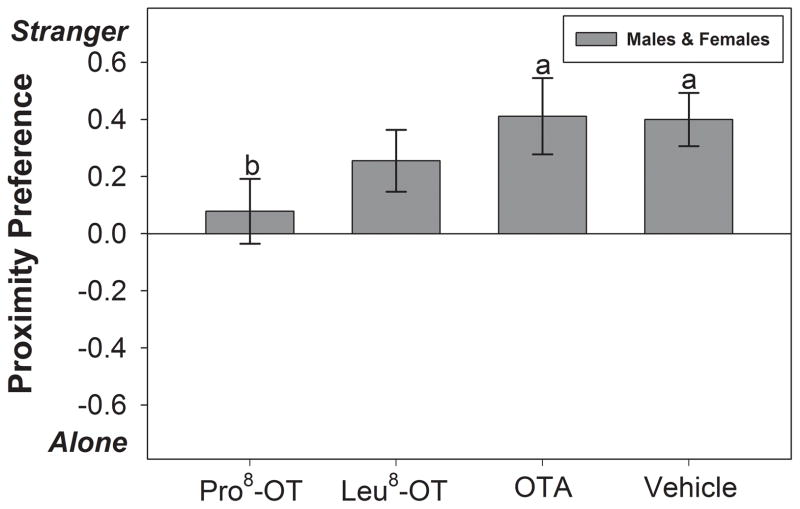Figure 3. Preference: Stranger vs. Alone.
Preference scores (± SEM) for spending time in close proximity with an opposite-sex stranger or alone, expressed as a scale from −1 to +1. A positive score indicates a greater proportion of time (per bout) spent in close proximity with a stranger vs. alone, while a negative score indicates a greater proportion of time (per bout) spent alone vs. with a stranger. Data are expressed as a function of OT treatment (as indicated in Figure 1). Letters indicate significant differences (a > b at p <0.05).

